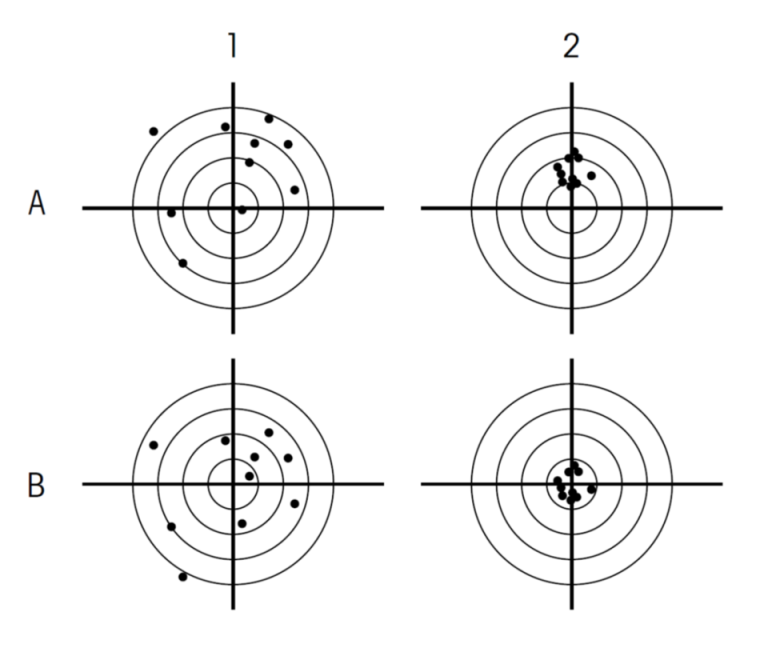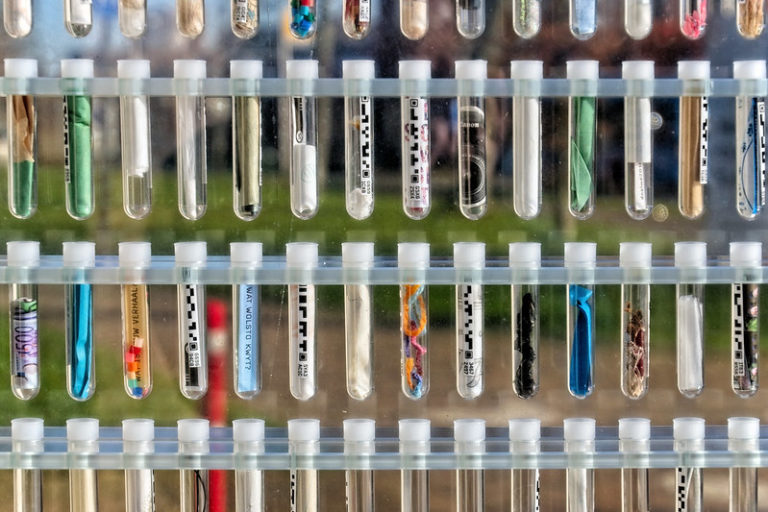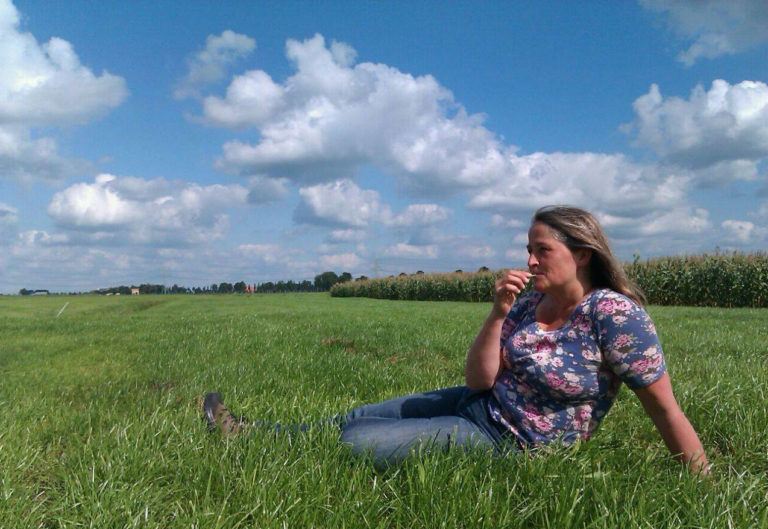News
“Essentially biological process”, a definition shaken up
During the parliamentary work on the proposal for a European regulation on plant reproductive material, known as the “seeds regulation“, a question arose: should so-called “non-targeted mutagenesis” be considered as an “essentially biological process“? As these processes are excluded from patentability, the question may seem important. But such a decision would not be without consequences for the regulation of GMOs.

On 24 April 2024, the European Parliament will vote in plenary on the European Commission’s proposal to regulate the production and marketing of plant reproductive material (PRM), known as the “seeds regulation“. The Parliament’s Agriculture Committee, the lead committee on this dossier, will present its text with the amendments adopted on 19 March. In accordance with the procedure, initial proposals for amendments to the Commission’s text were submitted in advance to the Environment Committee. These included a proposal tabled by Austrian MEP Sarah Wiener (Greens) to amend the definition of “essentially biological process” to include, in particular, “non-targeted” mutagenesis1. Although this amendment was not adopted in the end, it merits a brief analysis.
Broadening the definition of “essentially biological process“.
According to Article 4 of European Directive 98/44 on biotechnological inventions, “essentially biological processes for the production of plants or animals” are not patentable. Article 2 of the same directive states that “a process for the production of plants or animals is essentially biological if it consists entirely of natural phenomena such as crossing or selection“.
The amendment proposed by the Austrian Green MEP consisted of including so-called “non-targeted” mutagenesis techniques in the definition of “essentially biological process” (EBP). The aim was to prevent a possible interpretation of Article 2 that would limit the definition of non-patentable “natural phenomena” to crossing and selection. Although this amendment was not adopted, it could theoretically be re-submitted, worded in the same way or differently, at the plenary vote on 24 April, or at a later date in the context of new legislative initiatives.
Taking the judicial debate to the political level
Considering that “conventional” breeding includes so-called “non-targeted” mutagenesis is in fact a position that has been defended for several years by certain NGOs, such as the coalition No Patent on Seeds. It is also the position of the Austrian government, which incorporated it into its legislation in May 2023. The current European legislative procedure aimed at adopting a new regulatory framework for plant reproductive material was seized by the MEP as an opportunity to include in the definition of essentially biological processes the mutagenesis techniques often described as “random” (a vague notion not defined by law). Her proposed amendment brings into the political arena of parliamentary debate a request that is regularly rejected by the courts, in the name of the rules of the European Patent Office (EPO), for which all mutagenesis techniques constitute technical processes, not natural phenomena, and are therefore patentable.
This new definition of EBP, if adopted, would de facto extend the exclusion from patentability to all mutagenesis techniques described as random, even though the most recent of them are in fact reproducible and therefore patentable2. This, at least, is the wish of some opponents of these patents: that plant products obtained through non-targeted mutagenesis, such as most varieties made tolerant to herbicides, should no longer be patentable.
A boomerang effect?
The consequences of this reasoning on the application of other legal texts in force, such as European Directive 2001/18, cannot be ignored. In the case of GMOs, Directive 2001/18 on the deliberate release into the environment of GMOs establishes that mutagenesis techniques are all techniques of genetic modification resulting in GMOs. In this sense, they are not conventional selection techniques, described as “essentially biological processes” or “natural phenomena” in the language of patent law. It is true that mutagenesis techniques “mainly developed before 2001” produce GMOs that are exempt from the application of GMO regulations. However, this is not the case for so-called random (i.e. non-targeted) chemical or physical mutagenesis techniques applied in vitro to plant cells. These techniques remain subject to GMO regulations. These techniques, like transgenesis, only began to be developed shortly before 20013.
This clarification of exempted and non-exempted GMOs was obtained from the Court of Justice of the European Union (CJEU), after French organisations brought an action against the French government, the Fédération française des producteurs d’oléoprotéagineux (FOP) and the European Commission. The latter considered the techniques of “random in vitro mutagenesis consisting of subjecting plant cells to chemical or physical mutagenic agents” to be “conventional” breeding techniques excluded from the scope of the GMO regulations. For Guy Kastler, who represented the Confédération Paysanne, which is just as opposed to GMOs as it is to any patent on living organisms, “this legal victory has prevented the European Commission from exempting “new GMOs” from the application of GMO regulation 2001/18, and has forced it to propose new GMO-NGT regulations, which it has still not succeeded in having adopted, primarily because of the risks of abusive application of patent law that it could generate“.
By seeking a broad definition of “essentially biological processes“, including mutagenesis, which she describes as “non-targeted“, Sarah Wiener has created a problem that could run counter to this case law. The aim of extending the scope of exclusion from patentability is certainly laudable, but doing so in this way could lead to techniques of “random in vitro mutagenesis consisting of subjecting plant cells to chemical or physical mutagenic agents” being considered as “natural” (and therefore excluded from the scope of the GMO regulations). These techniques produce among other things the varieties made tolerant to herbicides at the root of the CJEU ruling that prevented the European Commission from also excluding all “new GMOs” from GMO regulation.
Amendment or smoke and mirrors?
This objective could also be legally complicated to achieve. Only the European Commission has the right of initiative, which is then subject to a vote by Parliament and the Council. However, the Commission has submitted a proposal to the Parliament concerning the marketing of PRM and not the intellectual property of plants, a subject on which it has announced the publication of a study in 2026. Parliament can formally request that the Commission publish this study, which is a prerequisite for any new initiative, as early as 2025. It has done so. But it cannot take this initiative itself. What’s more, the European Union alone cannot change the rules on patentability without amending the directives of the EPO, which is an independent institution that also includes non-EU countries. These directives are well established with regard to crossing and selection processes. They consider the latter to be patentable if they “include within it an additional step of a technical nature, which step by itself introduces a trait into the genome or modifies a trait in the genome of the plant produced“. This includes all mutagenesis techniques, which cannot be changed at the snap of a finger.
Finally, doesn’t this proposal to amend the definition of “essentially biological process” also raise an ethical question? Doesn’t describing these mutagenesis techniques as “essentially biological processes” contribute to trivialising these methods of genetic modification?
- Text of the proposed amendment: “A process for breeding of plants or animals is essentially biological if it is exclusively based on natural phenomena such as crossing, selection, non-targeted mutagenesis or naturally occuring random genetic variations“. “Non-targeted mutagenesis“, most often referred to as random mutagenesis, is a set of techniques that are classically applied using chemical or physical mutagenic agents. ︎ ↩︎
- Although independent of the EU, the European Patent Convention considers that Directive 98/44 “constitutes a supplementary means of interpretation” of the provisions of the EPC. This is the case for essentially biological processes (Rule 26 EPC). ︎ ↩︎
- Only “certain techniques of genetic modification which have conventionally been used in a number of applications and have a long safety record” before 2001 are excluded from the scope of Directive 2001/18. ︎ ↩︎














